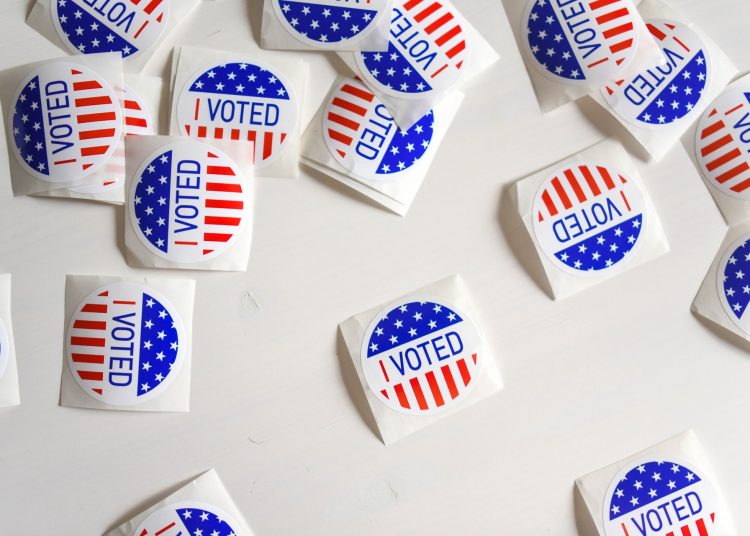Iowa’s 2nd Congressional District race between Mariannette Miller-Meeks, R-Ottumwa, and former State Senator Rita Hart, D-Wheatfield, could come down to a handful of votes. They could theoretically tie.
If that happens, how is a winner determined? They literally draw a name out of a hat (or whatever receptacle is available).
Iowa Code Chapter 50.44 states:
‘If more than the requisite number of persons, including presidential electors, are found to have an equal and the highest number of votes, the election of one of them shall be determined by lot. The name of each of such candidates shall be written on separate pieces of paper, as nearly uniform in size and material as possible, and placed in a receptacle so that the names cannot be seen. In the presence of the board of canvassers, one of them shall publicly draw one of such names, and such person shall be declared elected. The result of such drawing shall be entered upon the abstract of votes and duly recorded, and a certificate of election issued to such person, as provided in this chapter.”
In 2019, the winner of the mayoral race in Fairfield was almost determined this way. Connie Boyer and Michael Halley received 1,048 each in a run-off election. Boyer was selected in the drawing, but Halley asked for a recount. He ended up losing by two votes.
According to the National Conference of State Legislatures, Iowa is among 28 states that determine the winner of a tied election by drawing lots.
No U.S. House general election has ended in a tie. In 1910, New York’s 36th Congressional District election was determined by one vote. Before that, you have to go back to the 19th Century. Indiana’s 6th Congressional District race in 1847, Illinois’ 7th Congressional District race in 1854, North Carolina’s 7th Congressional District race in 1862, and Virginia’s 1st Congressional District race in 1882 all ended in one vote.
In Iowa history, the closest U.S. House race was Iowa’s 11th Congressional District race in 1918 that was decided by four votes. U.S. Rep. George C. Scott had won by a majority of 131 votes, but his opponent, Thomas J. Steele, requested a recount bringing the vote tally to 26,033–26,029, returning Scott to Congress.
With over 394,000 votes cast, the 2020 Iowa 2nd Congressional District race will be the closest U.S. House race in U.S. History, considering the number of ballots cast. No other close race in U.S. history had even close to as many votes cast.














